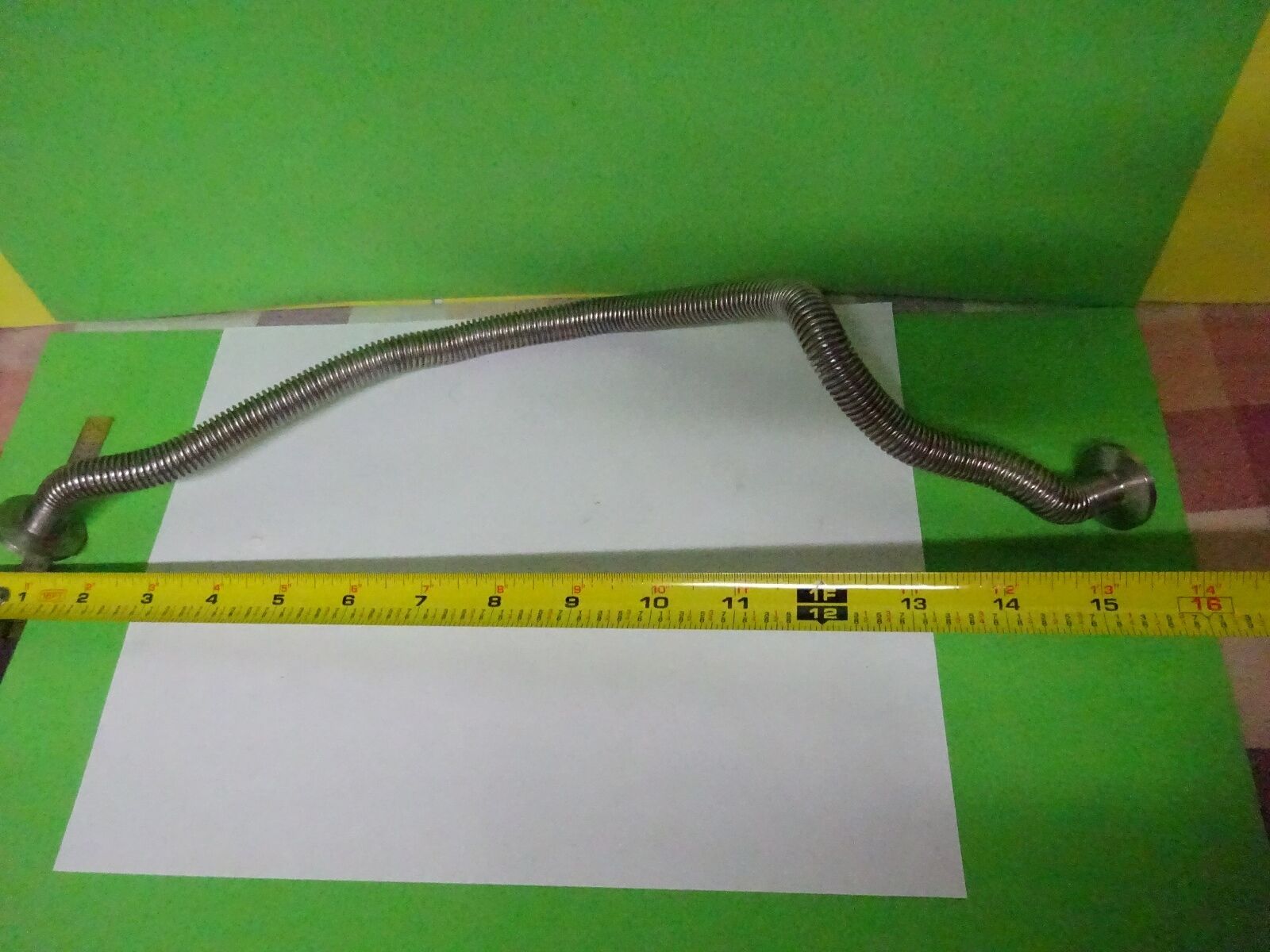For a water-filled glass tube in air at standard laboratory conditions, γ = 0.0728 N/m at 20 °C, ρ = 1000 kg/m^3, and g = 9.81 m/s^2. For these values, the height of the water column is.
h=(1.48*10^-5)/r m
https://en.wikipedia.org/wiki/Capillary_action#Height_of_a_meniscus
The "vacuum height" for a column of water is of 10.3 meters so with a capillary tube with a radius of 0.00144 mm you could reach 10.3 meters.
I don't know if there is a liquid that has much more capillary force than water. For this answer i will write about water, but this answer might not be true for other fluids, instead you may get a high vacuum or no vacuum at all.
There is a simple approximation for the mean free path, mfp, of particles in air at room temperature (T = 25 C) given by.
mfp (cm) = (5*10^-3)/p (torr)
https://www.davidpace.com/mean-free-path-of-air-2/
With a pressure of 17.36 torr the mean free path will be at 0.000288 cm, which means that air wont move easily through the extremely thin tube and the decompression will stop.
That is why large diameter tubes are used in very high vacuum systems.
This is a high vacuum hose.
 The atmospheric pressure is of 760 torr and 17.36 torr is a very low vacuum.
So depending on what vacuum means for you, it is possible to achieve a vacuum or not.
The atmospheric pressure is of 760 torr and 17.36 torr is a very low vacuum.
So depending on what vacuum means for you, it is possible to achieve a vacuum or not.

